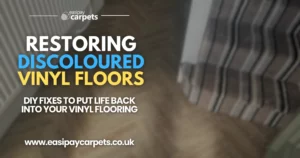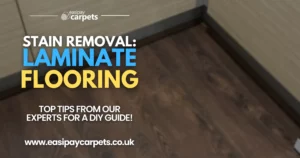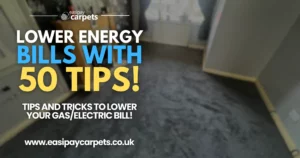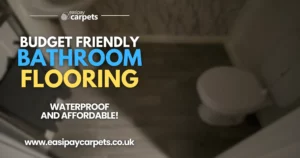
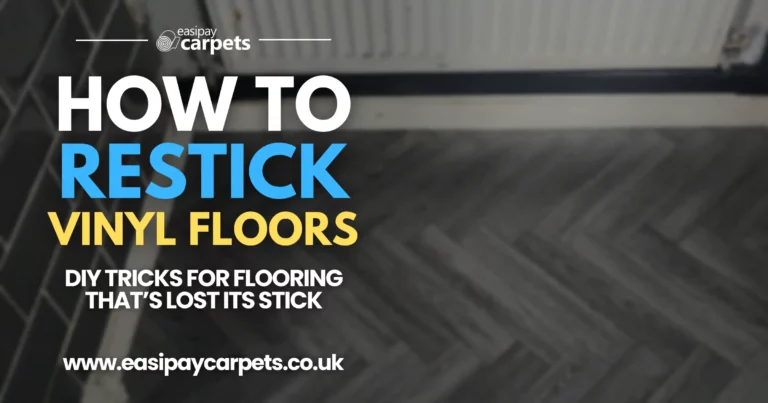
Dealing With Vinyl Flooring That Won't Stick Down
Vinyl flooring is a popular choice for its durability, style, and ease of installation. However, sometimes you might encounter a pesky problem: the vinyl just won’t stick properly. Whether it’s peeling edges, corners that curl up, or entire tiles that slip, dealing with uncooperative vinyl can be frustrating. Fortunately, there are several effective strategies to remedy this issue and ensure your flooring looks flawless and functions perfectly.
Understanding Why Vinyl Flooring May Not Stick
Before diving into solutions, it’s important to understand why your vinyl flooring might be having adhesion problems. Here are a few common reasons:
- Improper Surface Preparation: Vinyl flooring needs a clean, smooth, and dry substrate to adhere correctly. Any dust, debris, or moisture can impair the adhesive.
- Quality of Adhesive: Using an inferior adhesive or not applying it correctly can lead to poor bonding.
- Environmental Factors: Extreme temperatures and humidity can affect the adhesive properties of vinyl flooring.
- Aging Adhesive: Over time, the adhesive can dry out and lose its stickiness, especially in older installations.
Step-by-Step Solutions to Fix Vinyl Flooring That Won’t Stick
1. Clean and Prepare the Subfloor
The first step is always to ensure that your subfloor is impeccably clean and even. Remove any existing flooring carefully, sweep and vacuum up all debris, and mop to remove any residual dust or oils. Allow the floor to dry completely. If there are any cracks or uneven areas, consider using a self-levelling compound.
2. Choose the Right Adhesive
Select a high-quality adhesive that’s suitable for the type of vinyl flooring you are installing. For sheet vinyl, a full-bond floor adhesive is ideal, whereas for tiles or planks, a pressure-sensitive adhesive might be better suited. Always follow the manufacturer’s instructions for the best results.
3. Apply Adhesive Correctly
When applying adhesive, use a notched trowel to ensure an even spread. Applying too much or too little can lead to adhesion problems. For peel-and-stick vinyl tiles, ensure that the adhesive on the back is intact and hasn’t been contaminated by dust or dirt.
4. Roll the Floor
After laying down your vinyl, use a floor roller to firmly press the vinyl into the adhesive. This helps to remove any air bubbles and ensures good contact with the adhesive. If you don’t have a roller, a kitchen rolling pin can work in a pinch.
5. Address Humidity and Temperature
Make sure the room temperature is optimal for installation, typically between 18°C and 29°C. Also, control the humidity levels during and after installation to prevent the vinyl from expanding or contracting excessively.
6. Use Double-Sided Tape for Repairs
For vinyl that’s already laid and experiencing minor issues with sticking, double-sided tape can be a quick fix. Apply the tape beneath the edges or corners of the vinyl and press firmly. This is particularly useful for vinyl tiles and planks.
Conclusion
By following these steps, you can solve most problems with vinyl flooring that won’t stick. Proper preparation, the right products, and careful installation are key to ensuring that your vinyl flooring looks great and lasts for years.
Easipay Carpets can help you get brand new flooring without the high up-front cost – by simply letting you spread the cost of the flooring over time instead. There’s no interest on our plans so you aren’t spending a penny more than you would buying it outright and we include underlay, door trims, carpet grippers and laminate beading for free. Prices start from just £10 per week!
It starts with a free home appointment and quote, to get booked in at a time that suits you, tap the “Get Started” button below and fill out the contact form!
Still Got Questions? Here's 10 FAQs!
Check the state of the adhesive and consider reapplying it or using double-sided tape for quick fixes.
No, it’s important to use an adhesive that is specifically designed for vinyl flooring to ensure proper adhesion.
Use a moisture barrier or select vinyl specific to high-moisture environments, and ensure the room is well-ventilated.
Yes, rolling the floor helps to ensure that the vinyl sticks uniformly to the adhesive and removes air bubbles.
Absolutely, often applying a bit of adhesive or double-sided tape can fix loose tiles effectively.
Vacuum thoroughly and then mop with a mild detergent, ensuring the floor is completely dry before installation.
It’s generally recommended to wait at least 24 hours for the adhesive to set properly.
Yes, vinyl can expand or contract with temperature changes. It’s best to acclimate the flooring in the room where it will be installed for at least 48 hours beforehand.
You can apply additional adhesive to the back of the tiles or use double-sided tape to enhance stickiness.
It’s not usually necessary, but in high traffic areas or where extra durability is needed, additional adhesive can help.
